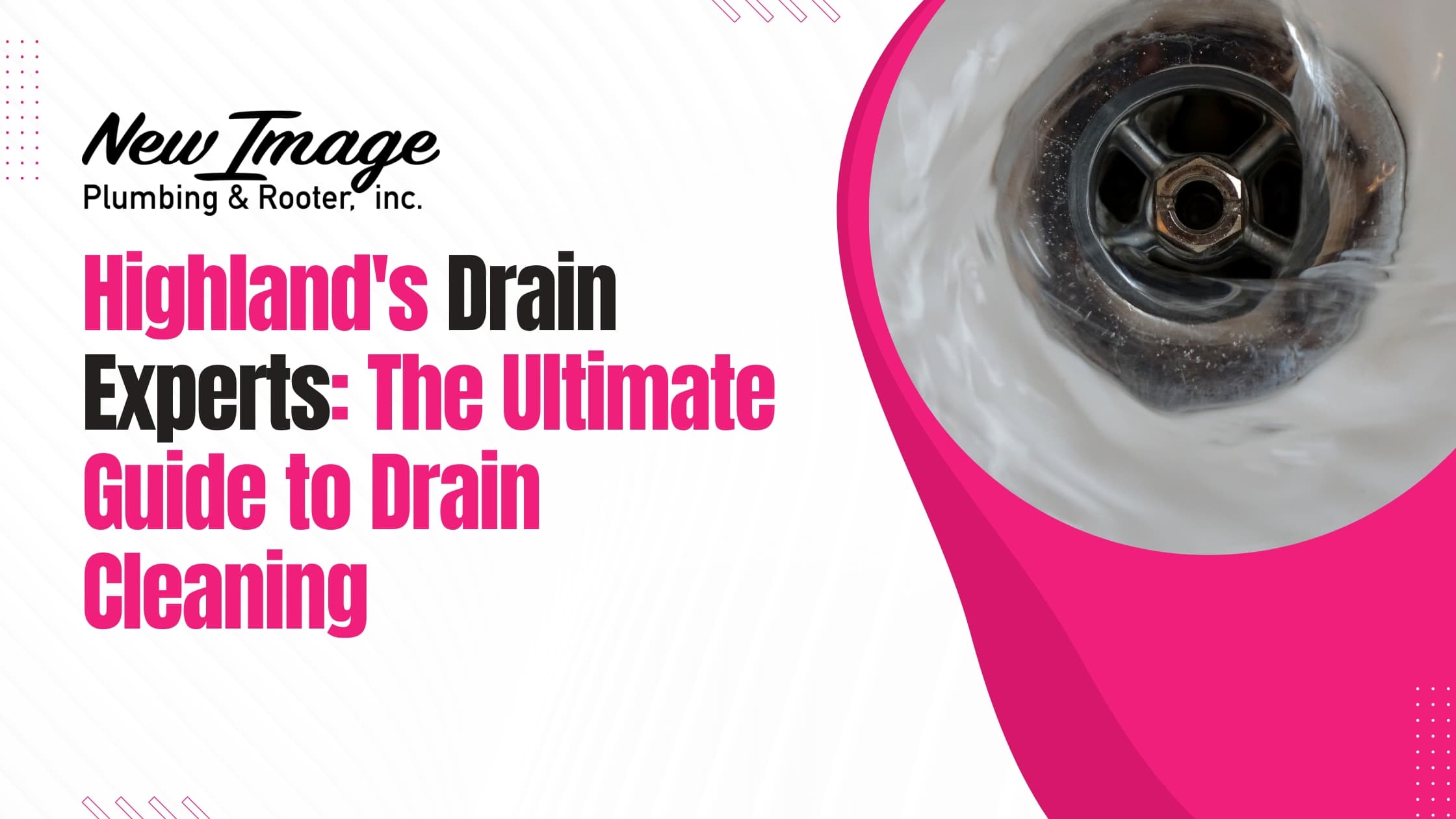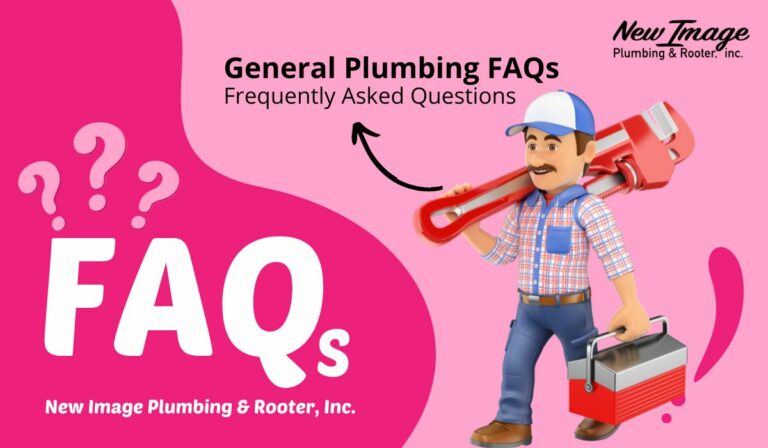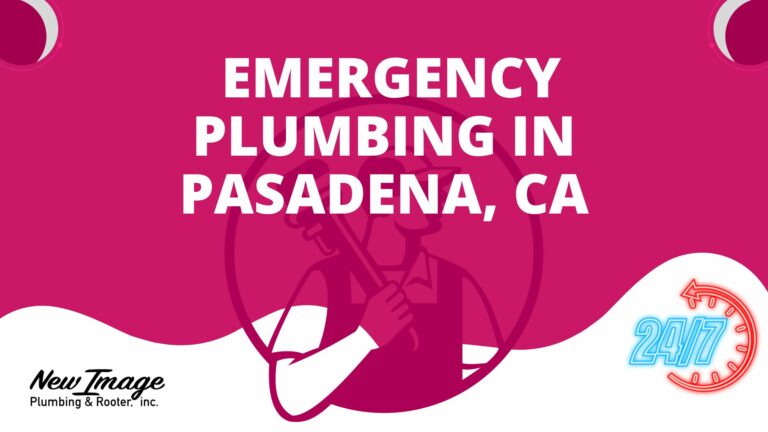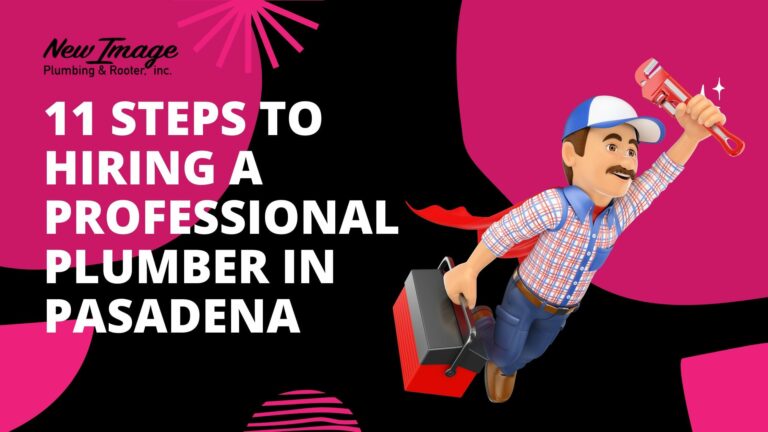If you’re looking for expert advice on drain cleaning in Highland, California, you’ve come to the right place. At New Image Plumbing’s Drains Expert, our team of professionals is committed to helping you keep your drains clean, safe, and efficient. In this guide, we’ll provide an overview of drain cleaning, what you need to know about local regulations, the tools and materials you’ll need, the different methods you can use to clean drains, DIY tips, and professional services. Read on to learn more about drain cleaning and get your drainage system running smoothly again.
Overview of Drain Cleaning
Drain cleaning is a process of clearing out any debris or buildup that has accumulated in your drains. This can include dirt, grease, hair, soap scum, and even tree roots. It’s important to keep your drains clean and free of obstructions to ensure proper drainage and prevent any backups or blockages. If you have any issues with your drains, it’s best to contact a professional drain cleaning service to get the job done right.
What You Need to Know About Local Drain Cleaning Regulations
Before you start any drain cleaning project, it’s important to understand the local regulations in your area. Different states and municipalities have different requirements for drain cleaning, so make sure you’re familiar with the laws in your area. This includes things like permits, safety standards, and more. It’s also important to make sure that the drain cleaning service you hire is licensed and insured.
What Tools and Materials Do You Need for Drain Cleaning?
When it comes to drain cleaning, the right tools and materials are essential. Depending on the type of blockage, you may need to use a plunger, a snake, or an auger. You’ll also need to have chemicals on your hands, such as bleach or vinegar, to break down any build-up. Finally, you’ll need protective gear, such as gloves and safety glasses, to protect yourself from any harmful chemicals.
What Are the Different Methods for Cleaning Drains?
There are several different methods for cleaning drains. These include mechanical tools, chemical cleaners, and natural cleaners. Mechanical tools, such as snakes and augers, are used to physically remove any blockages. Chemical cleaners use powerful chemicals to break down any build-up. Natural cleaners use natural ingredients, such as baking soda and vinegar, to break down build-up.
DIY Tips for Cleaning Drains
If you’re looking to tackle a drain cleaning project on your own, there are a few DIY tips that can help. First, make sure you have the right tools and materials on hand. Next, use a plunger to try and dislodge any blockages. If the plunger doesn’t do the trick, you may need to use a snake or auger. Finally, use a chemical cleaner or natural cleaner to break down any remaining build-up.
Professional Drain Cleaning Services
If you’re dealing with a more serious blockage, it’s best to call in a professional drain cleaning service. New Image Plumbing have the experience and tools to get the job done right. They can quickly and safely remove blockages and make sure your drains are running efficiently. Plus, they can provide maintenance services to help prevent future blockages.
What Is the Best Way to Maintain Your Drains?
The best way to maintain your drains is to conduct regular maintenance. This includes things like cleaning out the traps, running hot water down the drains, and using a chemical cleaner or natural cleaner to break down any build up. Additionally, you can use a drain cover or a drain screen to catch any debris before it reaches the drain.
Do You Need a Plumbing License to Clean Drains?
In some states, you may need to have a plumbing license in order to clean drains. It’s important to check with your local municipality to find out if you need a license. Even if you don’t need a license, it’s still important to make sure you hire a professional drain cleaning service that is licensed and insured.
Common Mistakes to Avoid When Cleaning Drains
When it comes to cleaning drains, there are a few common mistakes you should avoid. First, don’t use harsh chemicals, as they can damage your pipes. Second, don’t use a plunger on a clogged sink, as it can cause a vacuum effect and make the clog worse. Finally, don’t try and remove a blockage without the proper tools and safety gear.
Conclusion
Drain cleaning is an important part of keeping your drains clean and efficient. In this guide, we’ve provided an overview of drain cleaning, what you need to know about local regulations, the tools and materials you’ll need, the different methods you can use to clean drains, DIY tips, and professional services. Whether you have a leaking pipe, or a clogged drain, or need emergency plumbing services, we can help. We offer a wide range of services, including repair, installation, and maintenance. Our technicians use industry-leading tools and technology to ensure your plumbing system is operating at peak efficiency. Plus, with our 24/7 emergency service, you can be sure that help is always available when you need it most. So don’t wait – Call New Image Plumbing today at (800) 754-5076.
At New Image Plumbing’s Drains Expert, we have the knowledge and experience to help you keep your drains clean and efficient. If you have any questions about drain cleaning or need help with a drain cleaning project, don’t hesitate to reach out. Our team of professionals is here to help you.






